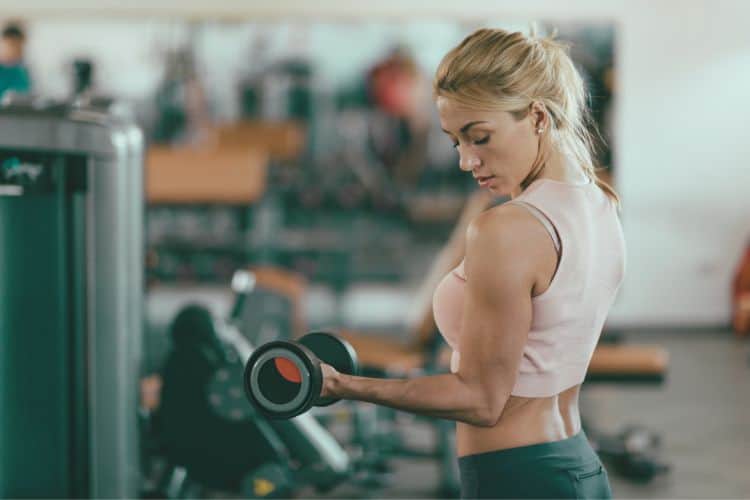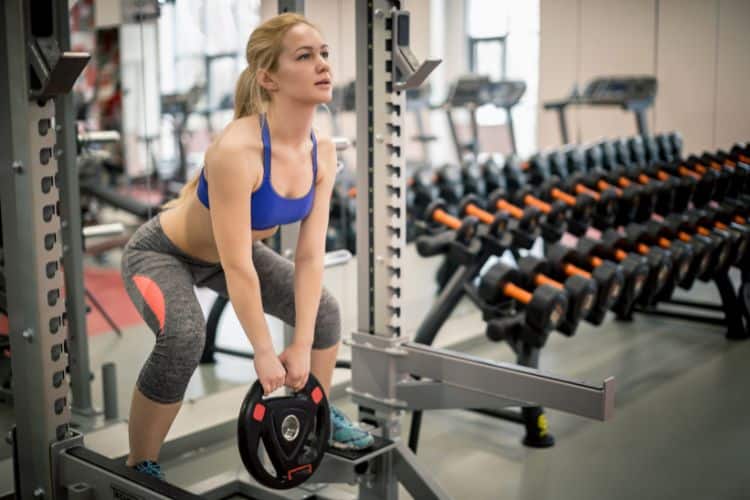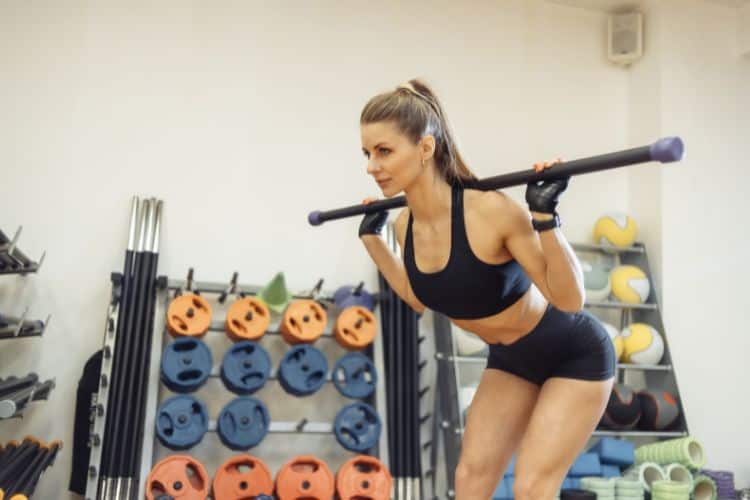Sign up for workout ideas, training advice, reviews of the latest gear and more.






Looking to get stronger, leaner, and fitter in just 30 minutes a day? Full body resistance workouts are the ultimate solution. Designed to engage multiple muscle groups simultaneously, these workouts help you burn calories, increase muscle tone, and boost metabolism — all in half an hour or less. Whether you’re working out at home or hitting the gym, a 30-minute resistance session can deliver impressive results with the right approach.
In this blog post, we’ll explore how to structure an effective 30-minute full body resistance workout, the benefits, exercises to include, and tips to stay consistent and safe. Ready to transform your body in just half an hour a day? Let’s dive in.
One of the biggest advantages of a full-body resistance workout is time efficiency. You don’t need to spend hours at the gym to see results. By targeting all major muscle groups in one session, you improve both strength and endurance while optimizing your time.
Resistance training doesn’t just build muscle — it elevates your resting metabolic rate. This means your body continues to burn calories even after your workout, thanks to the afterburn effect (EPOC – Excess Post-Exercise Oxygen Consumption).
Full body resistance workouts enhance functional fitness, improving your body’s ability to perform daily tasks like lifting, pushing, or climbing stairs. This leads to better coordination, balance, and overall strength.
The beauty of resistance training is its versatility. You can use:
For a 30-minute workout, dumbbells or resistance bands are ideal for home use, while machines and barbells can add more intensity in a gym setting.
To get the most out of your 30-minute session, aim for a structure that includes:
Let’s break it down further.
Start with dynamic movements to increase blood flow and loosen up joints:
Here’s a well-balanced 30-minute full body resistance workout plan using a circuit format that targets all major muscle groups.
Don’t skip this! It helps with muscle recovery and flexibility.
Rushing through reps can lead to poor form and injuries. Controlled movement ensures maximum muscle engagement.
Gradually increase resistance or reps to continue making progress. This principle keeps your body adapting and growing stronger.
Give your body adequate time to rest, especially if doing resistance workouts 3–5 times a week. Alternate with light cardio or mobility work.
Drink water before and after your workout. A protein-rich meal post-workout aids in muscle repair and recovery.
This type of workout is ideal for:
Resistance workouts are also low-impact, making them accessible for people of all fitness levels when properly modified.
| Day | Workout Type |
|---|---|
| Monday | Full Body Circuit (dumbbells) |
| Tuesday | Cardio + Core or Rest |
| Wednesday | Resistance Band Full Body |
| Thursday | HIIT + Bodyweight Resistance |
| Friday | Dumbbell Supersets |
| Saturday | Light mobility + core stretch |
| Sunday | Rest or walking recovery |
This weekly layout gives you balanced variety, ensuring you avoid overtraining any single muscle group.
Muscle burns more calories at rest. So, the more lean muscle you have, the more fat you burn daily.
Resistance workouts build functional strength, improving your everyday performance.
Exercise releases endorphins, reducing stress, anxiety, and promoting better mood and sleep.
Resistance training stimulates bone growth, helping prevent osteoporosis as you age.
If you don’t have access to dumbbells or bands, try these bodyweight resistance alternatives:
Bodyweight resistance can be incredibly effective, especially when performed in a circuit with little rest.
Jumping straight into intense resistance training without a warm-up increases risk of injury.
Use mirrors or film yourself to ensure your form is correct. Bad form leads to pain and imbalances.
Random workouts without a structured plan won’t yield consistent results. Follow a progressive program and track your improvements.
Muscles grow during rest, not during the workout. Don’t underestimate the power of sleep, hydration, and stretching.
You don’t need fancy equipment or hours at the gym to get strong, lean, and energized. A well-designed 30-minute full body resistance workout is more than enough to deliver powerful results. Whether your goal is fat loss, strength building, or overall health, consistency and smart planning are key.
Start small, stay committed, and let your strength build one rep at a time. Your stronger, fitter body is just 30 minutes a day away.
A: Yes! With consistency, progressive overload, and proper nutrition, 30-minute sessions can help build lean muscle and strength effectively.
A: 3–5 times per week is ideal, allowing for recovery between sessions.
A: Absolutely. Resistance training boosts metabolism and helps retain lean muscle while burning fat — a key to sustainable weight loss.
A: Yes. Start with bodyweight exercises or lighter resistance, focus on form, and gradually increase intensity.
Want more workout and video guide?
Follow us on Pinterest, Facebook, and Subscribe to our Newsletter and Stay tuned for FREE downloads of our App coming soon!
Stay up to date on the latest women’s health, fitness and lifestyle trends and tips.